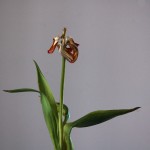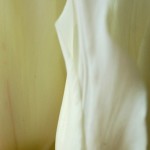.
Confusion
And tulips just before they open up can be very interesting, too ….
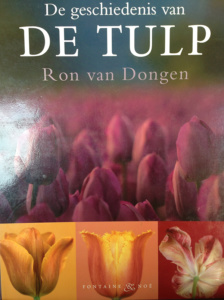 The origins of the word ‘tulip’ – will post a quote about this from the book ‘the history of the tulip’ by Ron van Dongen, who is a Dutch photographer very much interested in plants and flowers. “Van Dongen works at home in California in his daylight studio, focusing on the essence of the particular plant. Whilst detail is always present, Van Dongen always manages to achieve an ‘aura’ which lifts the image beyond the simple photograph.“(link) Van Dongen photographs single tulips against a coloured background, no leaves in sight – interesting.
The origins of the word ‘tulip’ – will post a quote about this from the book ‘the history of the tulip’ by Ron van Dongen, who is a Dutch photographer very much interested in plants and flowers. “Van Dongen works at home in California in his daylight studio, focusing on the essence of the particular plant. Whilst detail is always present, Van Dongen always manages to achieve an ‘aura’ which lifts the image beyond the simple photograph.“(link) Van Dongen photographs single tulips against a coloured background, no leaves in sight – interesting.
Quote, page 46 (my translation: “Ogier de Busbecq was one of the many Flemish ambassadors who represented the Habsburg emperors in Constantinople and who sent plants and other curious things to their patrons. Busbeck left on November 3rd, 1554 for Turkey in the company of Willem Quackelbeen. ‘After a delay of one day in Adrianopel’, he writes in a letter, ‘we travelled on to Constantiople, which was – at the end of our voyage – close. During our voyage we were offered a multitude of flowers: beautiful narcissi, hyacinths, and a flower the Turks call tulipan. This was a great surprise for us, as it was the heart of winter, so not a good time for flowers. In Greece we saw a great many narcissi and hyacinths, having a beautiful scent. The tulips haven’t much in the way of scent, but are adored because of their variety of shape and colour. The Turks are devoted to the culture of flowers, and will pay much money for an exeptional bloom, even though they are thoughtfull and cautious people.”
This is how the confusion about naming started. The Turks did not call tulips ‘tulipam’ but ‘lale’, taken from the original name in Iranese. Busbecq must have been confused by the description his translator gave about the shape of the tulip – like a turban – and the flower itself. 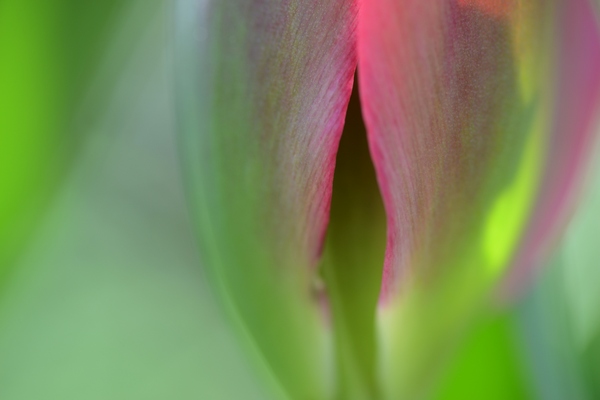
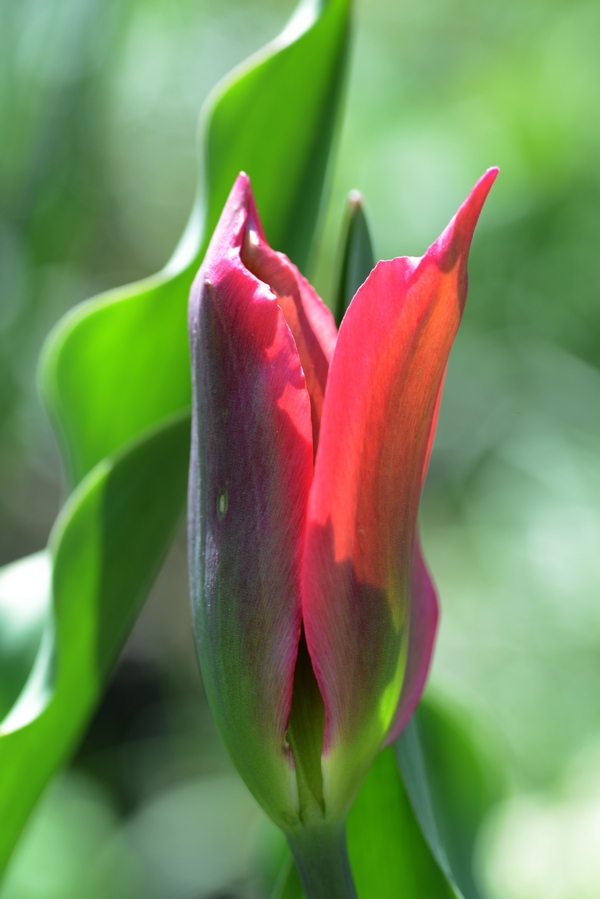
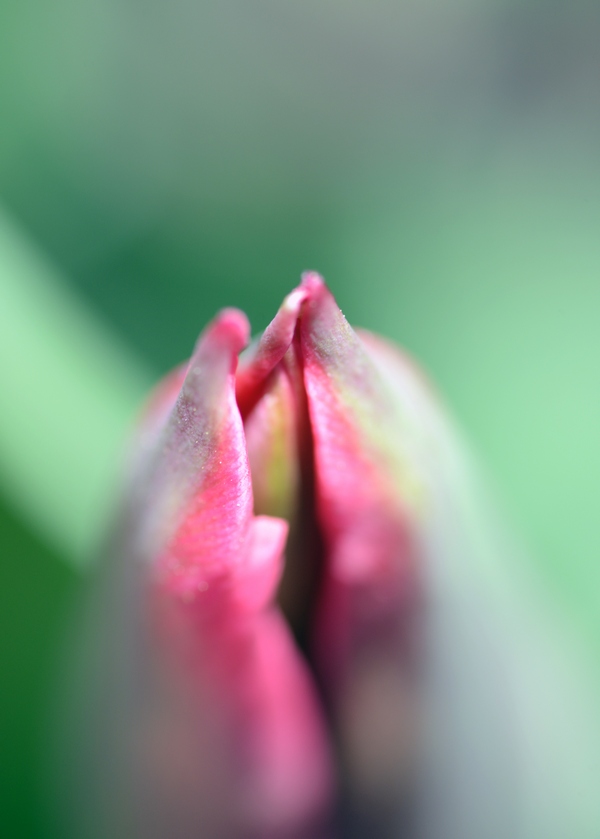
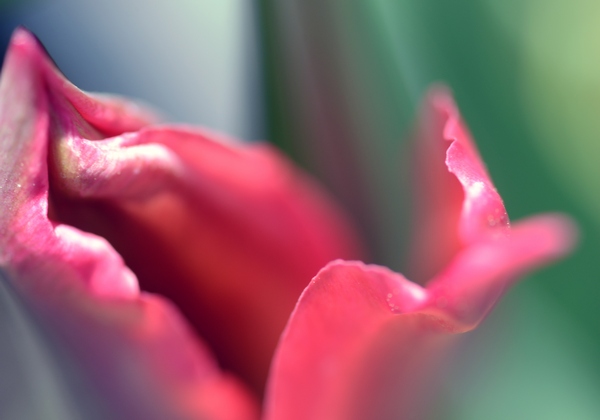
| « Black and white wins | <-- previous post | next post --> | Profound » |
|---|
